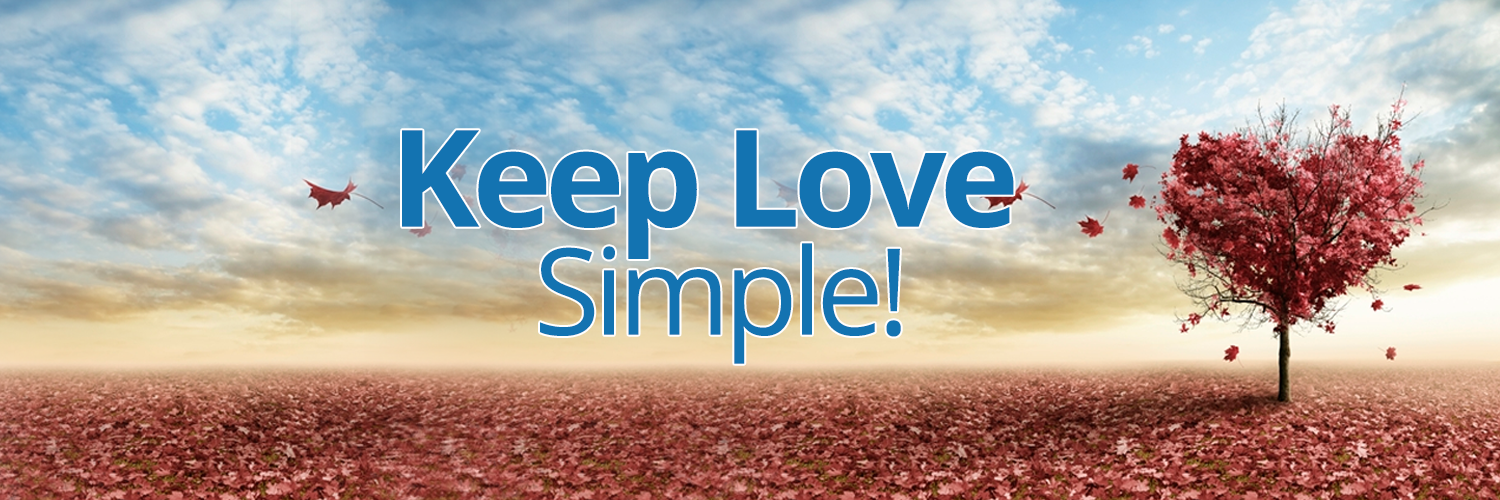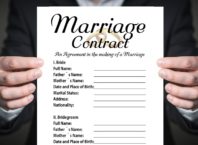The dating literature makes much of “approach anxiety,” the nervousness capable of killing our interest in a stranger. Imagine your ideal sensory mate; a person who looks, sounds, even smells attractive in a way customized to you. Don’t stop at physique. They dress in your type’s favored style and listen to your type’s favored music. If you love literature, you meet her in a Barnes & Noble. If you love indie rock, you jostle into him—floor seats at the show. And realize, the more closely a given stranger matches your attraction triggers, the more nerves you will feel at first sight.
What dating experts call approach anxiety, psychologists call an approach-avoidance conflict. In approach-avoidance conflicts, we want a person/situation/object, but can see clear reasons not to pursue (Elliot, 2008). On a romantic approach, you might want the stranger’s number, a date, a kiss, sex, or marriage with two children and an idyllic country home. However, the more attractive we find a person, the bigger the perceived risk of failure. The “avoidance” half of approach-avoidance conflict manifests as fear or nervousness, which mounts as we consider talking to somebody; approach anxiety.
Too Close For Comfort
The nervousness gets worse before getting better. We become more attracted to a desired stimulus the closer we come. Likewise, our drive to avoid an aversive (unwanted) stimulus increases with closer proximity. You start with excitement and nervousness, spying someone from across the room. If your person of interest comes closer to you, however, or you get up to close the gap, your motivation and trepidation both grow. Bad news: your trepidation grows faster. Human’s avoidance gradient is steeper than our attraction gradient (Norman et al., 2011), so social anxiety can mount with proximity.
Self-Blackmail for Fun and Profit
How can you manipulate your approach-avoidance decisions toward your preferred outcome? Not very effectively, so don’t try. Instead, resolve the problem through a simpler conflict framework.
In avoidance-avoidance conflict, you must choose between two or more unpleasant outcomes. When a major ill conflicts with a minor one, the decision becomes cognitively simple. Take the following:
“Give me your wallet or I’ll shoot.”
Notice the drop in ambiguity. You don’t like bullet holes, so you reach for your cash. Humans’ bad-stuff avoidance skills, donating so generously to our survival as a species, pull very hard. Choosing to avoid a hazard presents less cognitive challenge than risking embarrassment with no promise of reward. You can turn your human cognitive foibles to your advantage.
First, find a charity you hate. Not at an “I hate garlic” level—really hate. Groups opposing your personal views or lifestyle, politicians you consider crooked or backwards, organizations figureheaded by celebrities you can’t stand—whatever gets your fists clenching and your blood pumping. No matter your tastes and tendencies, you will find someone you never want to bankroll.
Now write them a substantial check. Not so great an amount it imperils your fiscal survival, but enough you would struggle next month if someone cashed it. For an established career man or woman, the necessary amount might look prodigal on paper. Don’t be shy—seeing a large figure in your own handwriting will emphasize the stakes. Seal, stamp and address this little bomb shell, and put it in the hands of a trusted trigger-puller who cares enough to give you tough love.
Make social goals for yourself. I suggest piecemeal landmarks you can reach in your everyday excursions. For example, “I will talk to three cute guys I don’t know today. At least one of them will be on my walk during lunch break.”
When you make a new goal tell your check holder, and agree on the deadline. You can set up recurring goals, like spending X hours a day out in public interacting. Text your check holder each time you complete your goal. If your deadline hits and you didn’t toe the line, your friend drops the check in the mailbox, and you write another in the same amount. You won’t fall short of your goals next time!
Lucky for you, the check won’t ever need cashing. When you must choose between a very major risk and a very minor one, avoidance psychology trivializes the latter. A few minutes of nerves in saying hello and exchanging numbers pale beside a substantial financial loss. Just make sure your check holder won’t hesitate to send the check.
References
Elliot, A. (2008). Handbook of approach and avoidance motivation. Psychology Press, 664, 3-14.
Norman, G., Norris, C., Gollan, J., Ito, T., Hawkley, L., Larsen, J., Cacioppo, J., & Berntson, G. (2011). Current emotion research in psychophysiology: The neurobiology of evaluative bivalence. Emotion Review, 3 (3), 349-359.






